In the late ’30s, Soviet Union started to experiment with anti-tank rifle designs. One of the design approaches was to make a normal caliber (7.62mm) cartridge with an enlarged case capable of holding enough powder to accelerate the 185-230 grain projectiles to high muzzle velocities of over 1,000 M/s (about 3,300 fps).

Soviet engineers designed two such high-velocity cartridges. One of them was a cartridge designated as 7.62x155mmR. As the letter “R” in the cartridge name implies, it was a rimmed cartridge. The second one was a rimless design with a 122mm long case – 7.62x122mm.

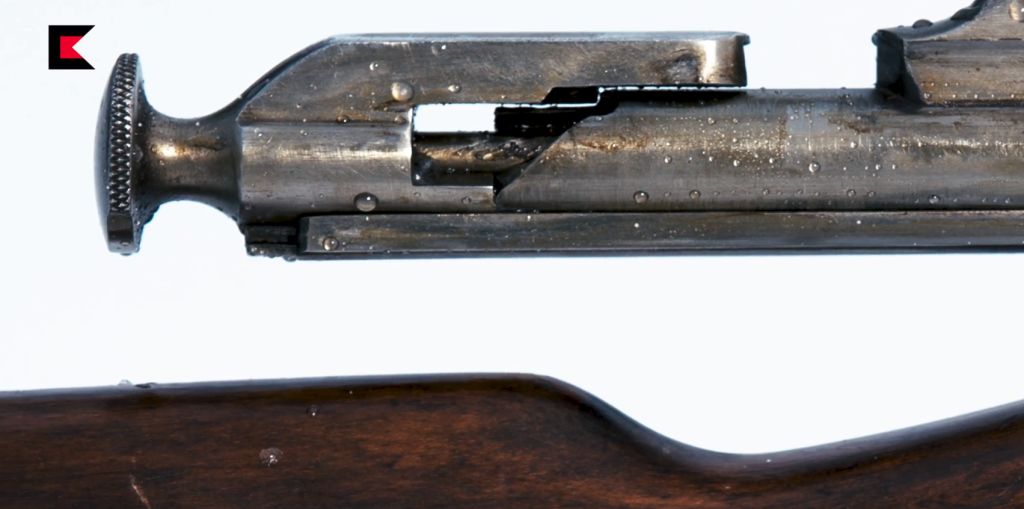
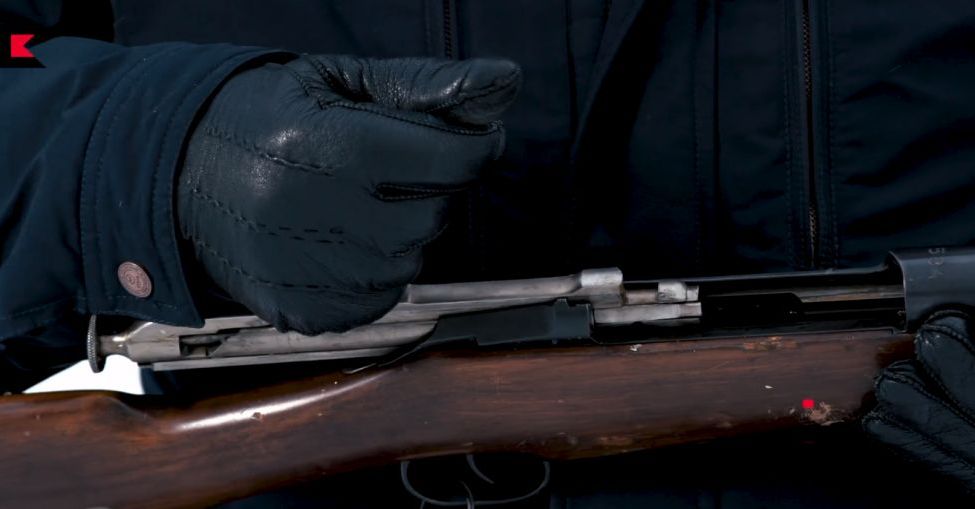
In order to make a lightweight anti-tank rifle, Izhevsk engineers simply scaled up the action of the Mosin-Nagant Model 91/30 rifle to fit the large 7.62x122mm cartridge. Although the action design is identical to the Mosin-Nagant, some other parts are designed differently. Unlike the Mosin-Nagant, this anti-tank rifle had a double stack magazine similar to that of Mauser design. The rear sight was marked to up to 2,000 meters. It also had a two-chamber muzzle brake. The muzzle velocity of the bullet fired from this rifle was reportedly 1,100 – 1,200 m/s (3,609 – 3,937 fps).
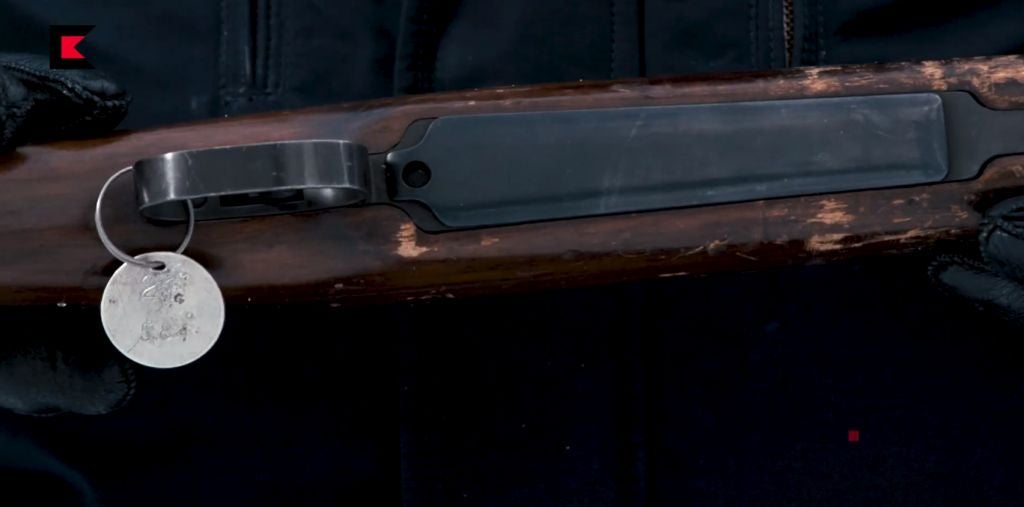
Note that the floor plate of the double stack magazine is flush with the stock.
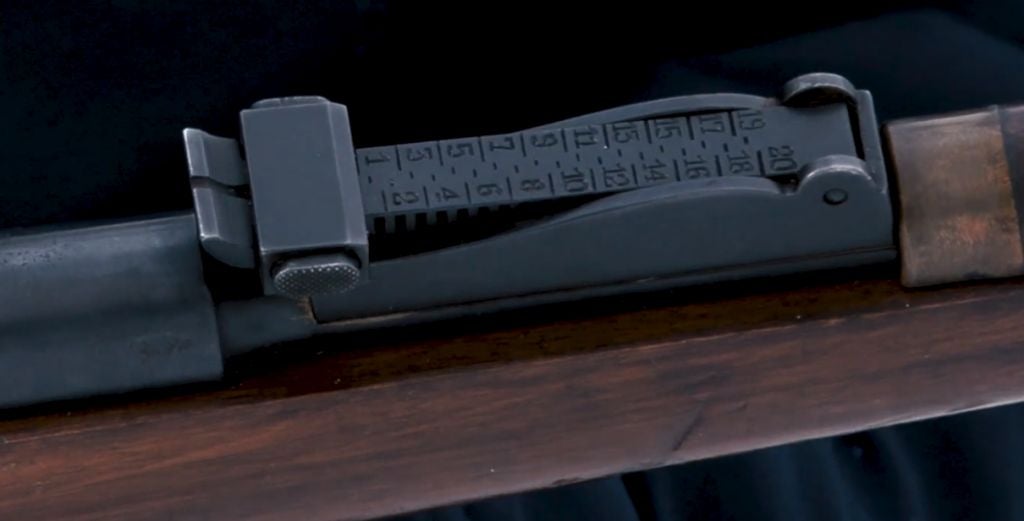
The rear sight is marked to 2,000 meters
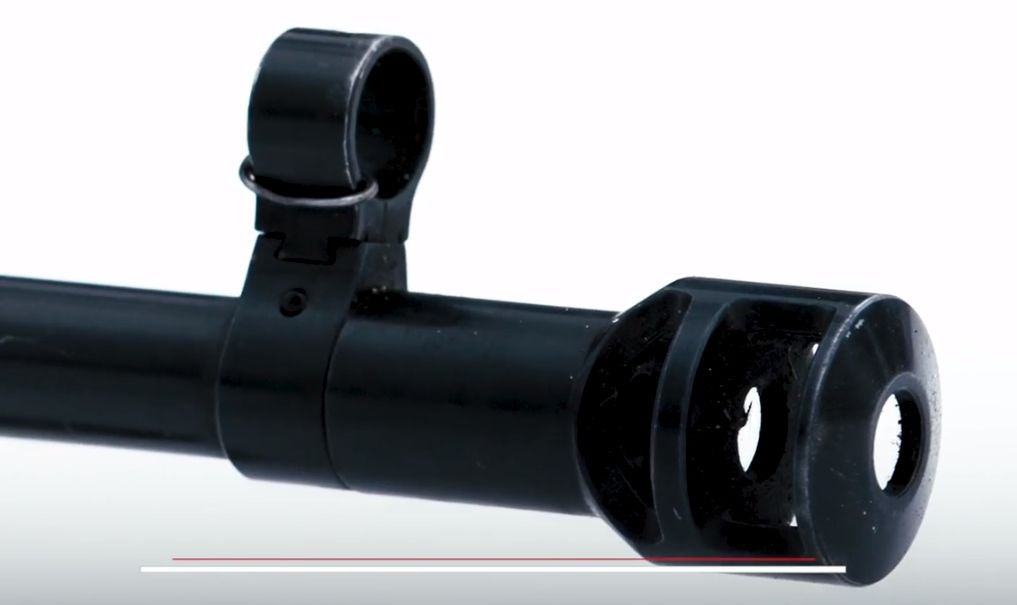
A muzzle brake is a must with a weapon chambered in such a powerful caliber
Despite being quite handy for an anti-tank rifle, this gun was never adopted, because it could offer only 15 – 20mm (roughly up to 3/4″) of armor penetration at 100 meters. That was too less to consider it as an effective anti-tank rifle even in the ’30s. The project was dropped in favor of the larger caliber 14.5x114mm cartridge. The new cartridge had comparable muzzle velocities, but it was launching much heavier projectiles with much more energy and armor penetrating capabilities. Eventually, the Soviet Union adopted the 14.5mm cartridge and two anti-tank rifles (PTRD-41 and PTRS-41) chambered in that caliber.
Sources:
“История оружия: Легкое противотанковое ружье калибра 7.62мм”. (2018, February 23). Kalashnikov Media. Retrieved from: https://kalashnikov.media/news/4522108
Images retrieved from source
 Your Privacy Choices
Your Privacy Choices
